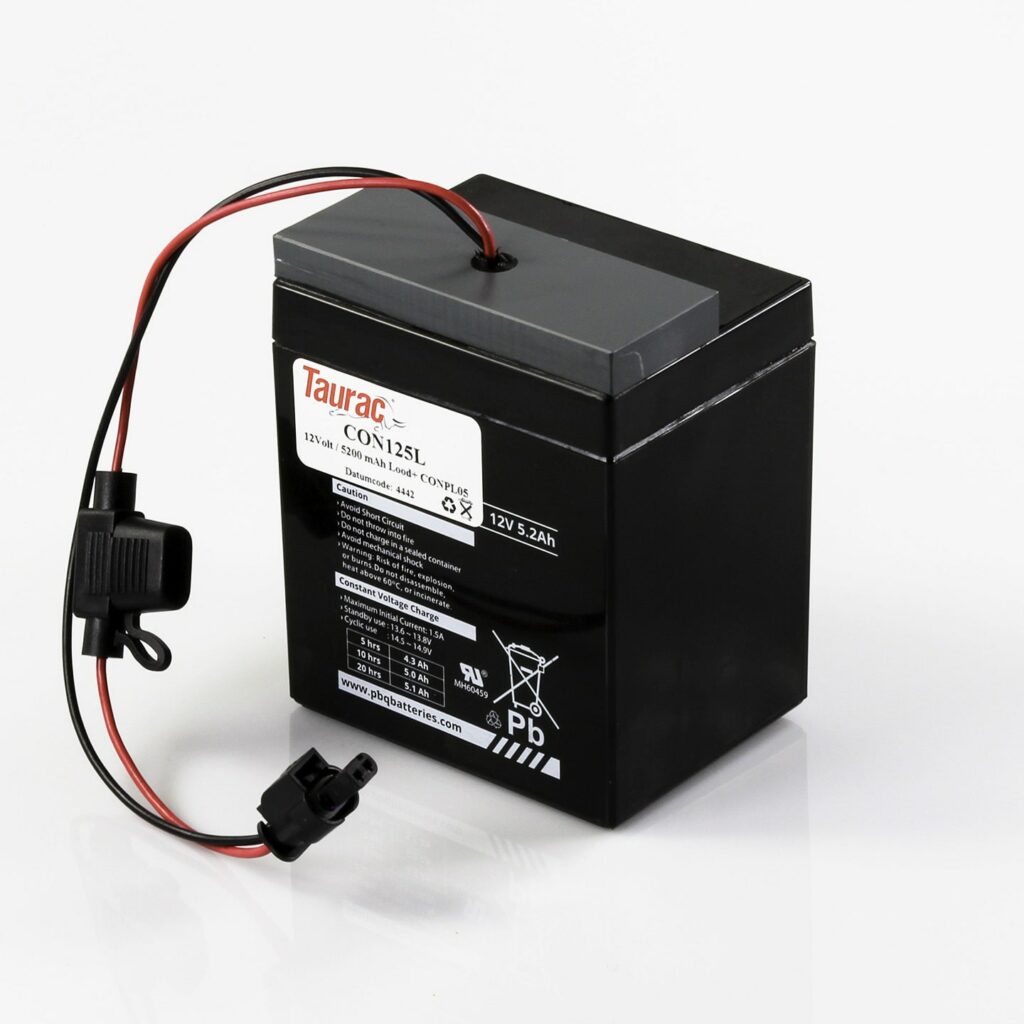Lead-acid (AGM) Batteries
AGM Lead-Acid Batteries for Underground waste Container Systems
In the quest for a more sustainable future, innovations across various industries are emerging to address the challenges of waste management and environmental preservation. One of these innovations lies beneath the surface – quite literally – in the form of underground waste container systems. These systems not only save space and enhance the urban landscape but also contribute to minimizing the carbon footprint of waste management. At the heart of these systems beats a reliable and efficient technology: AGM (Absorbent Glass Mat) lead-acid batteries.
AGM Lead-Acid Batteries: A Brief Overview
AGM batteries are a type of lead-acid battery that stands out for their superior performance, maintenance-free operation, and versatility. They are widely recognized for their ability to deliver a reliable power supply in various applications, ranging from automobiles and renewable energy systems to backup power solutions. In the context of underground waste container systems, their benefits shine even brighter.
Reliability and Durability
Underground waste container systems operate in demanding environments, where consistent performance is crucial. AGM batteries are known for their rugged construction and robustness, making them capable of withstanding temperature fluctuations, vibrations, and harsh conditions. This durability ensures uninterrupted operation over extended periods, reducing the need for frequent maintenance and replacements.
Zero Maintenance
Traditional lead-acid batteries often require regular maintenance, including checking electrolyte levels and topping up with distilled water. AGM batteries, however, are sealed and maintenance-free, eliminating the need for such tasks. This is a significant advantage in the context of underground waste container systems, as maintenance visits to these concealed locations can be both time-consuming and costly.

Deep Discharge Tolerance
AGM batteries are designed to handle deep discharge cycles without compromising their performance or lifespan. This characteristic is essential for waste container systems, as they frequently experience varying power demands due to waste disposal activities. The ability to endure deep discharge cycles ensures that the batteries remain functional even in unpredictable scenarios.
Compact Design
Underground waste container systems are often characterized by limited space. AGM batteries are known for their compact and versatile design, making them an ideal fit for confined areas. Their compactness also contributes to the overall efficiency of these systems by allowing for optimal space utilization.
Low Self-Discharge Rate
One of the remarkable features of AGM batteries is their low self-discharge rate. This means that even during periods of inactivity, such as when waste containers are not in use, the batteries retain their charge for an extended duration. This quality prevents energy wastage and ensures that the batteries are ready to provide power whenever needed.
Environmentally Friendly
As the world shifts toward greener solutions, the environmental impact of technology becomes increasingly crucial. AGM batteries are relatively eco-friendly compared to other battery technologies. Their lead content is significantly lower than traditional lead-acid batteries, and they are also easier to recycle.
Summary
AGM lead-acid batteries play a pivotal role in powering underground waste container systems, a modern solution that optimizes waste management efficiency while minimizing the visual impact on urban environments. The benefits of AGM batteries – from their reliability and durability to their low maintenance requirements and deep discharge tolerance – align seamlessly with the demands of these innovative waste management systems. As cities continue to adopt sustainable technologies, the silent powerhouses beneath the ground are a testament to the progress being made toward a cleaner and more efficient future.
Waste Container Batteries with AGM Lead-acid:

- Sebastiaan Bos
- Waste Container Batteries By Taurac
- 08:30h - 17:00h
- Arnoudstraat 22, 2182 DZ
- Hillegom, The Netherlands
- info@taurac.com
Contact
- Arnoudstraat 22
- 2182 DZ Hillegom
- Netherlands
- +31 (0) 252 - 22 70 70
- Contact Us
Powering a Sustainable Future



